Today, May 7, Archbishop Diego Ravelli, the master of papal liturgical celebrations, will shout “extra omnes” (everybody out), ordering all but the cardinal electors who will choose the next pope to leave the Sistine Chapel. Following this and a small prayer, the conclave to elect Pope Francis’ successor will begin.
Ahead of the crucial conclave in which the next pope will be elected, the Vatican was busy preparing the Sistine Chapel for the red-robed cardinals with the main task being the installation of the chimney where ballots will be burned after votes.
Ahead of the big day, we go back in time to understand the history and significance of the Sistine Chapel, the site where the conclave will be held to choose Pope Francis’ successor.
Beginnings of the Sistine Chapel
The Sistine Chapel, one of the most recognisable places in the world today, is the papal chapel in the Vatican Palace that was erected in 1473–81. A simple brick building with six arched windows, the Sistine Chapel doesn’t look special from the outside and has no real formal entrance, as it was built as an extension of the Apostolic Palace.
It is not a large structure, with the interior measuring slightly over 130 feet in length, 44 feet in width, and just under 68 feet in height. Also known as Cappella Sistina, the Sistine Chapel derives its name from Pope Sixtus IV, who commissioned the construction of a new papal chapel. It is noted that the chapel was part of a glorification of the Vatican carried out by Sixtus. He intended the holy city to become a showcase for the popes returning from Avignon after a painful schism with Rome.
However, it’s important to note here that while Pope Sixtus IV commissioned the construction of the Sistine Chapel, it was a later pontiff, Pope Julius II, who commissioned the works by Michelangelo, who painted the ceiling depicting scenes from Genesis from 1508 and 1512 and later returned to paint the Last Judgement on one of the walls.
The Sistine Chapel, a work of art
The highlight of the Sistine Chapel is the beautiful art that adorns the walls and roof of the area. It is said that Michelangelo took four years — from 1508 to 1512 — to complete the frescoes on the ceiling, collectively known as the Sistine Ceiling.
In fact, Michelangelo, who saw himself more as a sculptor than a painter, had first refused to work on the paintings at the Sistine Chapel. But popes tended to get what they wanted, and in 1508, Michelangelo agreed. However, it was then decided that Michelangelo would be granted control over the artistic theme. This resulted in what is today considered the most famous artworks — The Creation of Adam, Original Sin and Banishment from the Garden, and the Creation of the Sun, Moon, and Plants among others.
The Creation of Adam depicts God giving life to Adam. The iconic image is known for the depiction of the two figures’ hands almost touching, symbolising the creation of the first man. Their almost-touching fingers are one of the world’s most recognisable and widely replicated images.
There are also depictions of the Old Testament prophets, the ancestors of Jesus, the sibyls of Greco-Roman mythology and countless cherubs and naked youths.
However, the most famous of all of Michelangelo’s works at the Sistine Chapel is The Last Judgement, a later addition, which stands behind the altar to remind (or warn) worshippers of what awaits.
Also what’s very interesting is that most of the ignudi, the decorative male nudes on Michelangelo’s ceiling, are shown with acorns. The reason: Julius II’s family name was Rovere, which means “oak” in Italian and this was Michelangelo’s way of acknowledging his patron.
And here’s a myth: Michelangelo didn’t paint the frescoes lying down on his back. Instead, he conceived and constructed a unique scaffolding system sturdy enough to hold workers and materials and high enough that mass could still be celebrated below.
Notably, the scaffolding curved at its top, mimicking the curvature of the ceiling’s vault. Michelangelo often had to bend backward and paint over his head — an awkward position that caused permanent damage to his vision.
While the Sistine Chapel may be known for Michelangelo’s frescoes, those aren’t the only ones. Long before Michelangelo, Sisto commissioned painters such as Botticelli to fresco the two long walls of the chapel: one side told the story of Moses, the other the story of Christ.
Moreover, while most visitors gaze upward, the chapel’s floor is a staggering work of marble inlay art, designed in Opus Alexandrinum style. Crafted from coloured stones and ancient Roman spolia, the geometric patterns subtly align with the ceiling’s spiritual themes. Though often walked over, this underfoot artwork is considered one of the finest examples of Renaissance-era decorative flooring.
Sistine Chapel and the conclave
The first conclave in the Sistine Chapel took place in 1492. However, it became the site of papal conclaves only in 1878. Notably, the first conclave under Michelangelo’s frescoes was marred by scandal.
Pope Alexander VI, a member of the wealthy Borgia family known for his lavish lifestyle and many children, secured his election by bribing fellow cardinals with land, money and lucrative positions in the Vatican’s bureaucracy, known as the Curia.
One of the most visited sites in the world
The Sistine Chapel is one of the most visited places in the world — it attracts five million people a year, with one news report in 2020 stating that ticket sales to the Sistine Chapel has generated an annual revenue of around €80 million (Rs 764 crore) a year.
Cameras and cellphones are explicitly forbidden inside the Sistine Chapel, mostly to prevent flash photographs from damaging the frescoes, and tourists are pushed through the chapel at a brisk pace.
In fact, one peculiar feature of the Sistine Chapel tour is that tourists are brought into the room from the wrong end. Sarah Vowles of the Manchester Metropolitan University told the BBC earlier, “When you go around the Vatican as a tourist, you are actually brought into the wrong end of the Sistine Chapel. You emerge through this tiny doorway at the side of the altar, which actually brings you into the area that would have been reserved for the clergy.”
With inputs from agencies


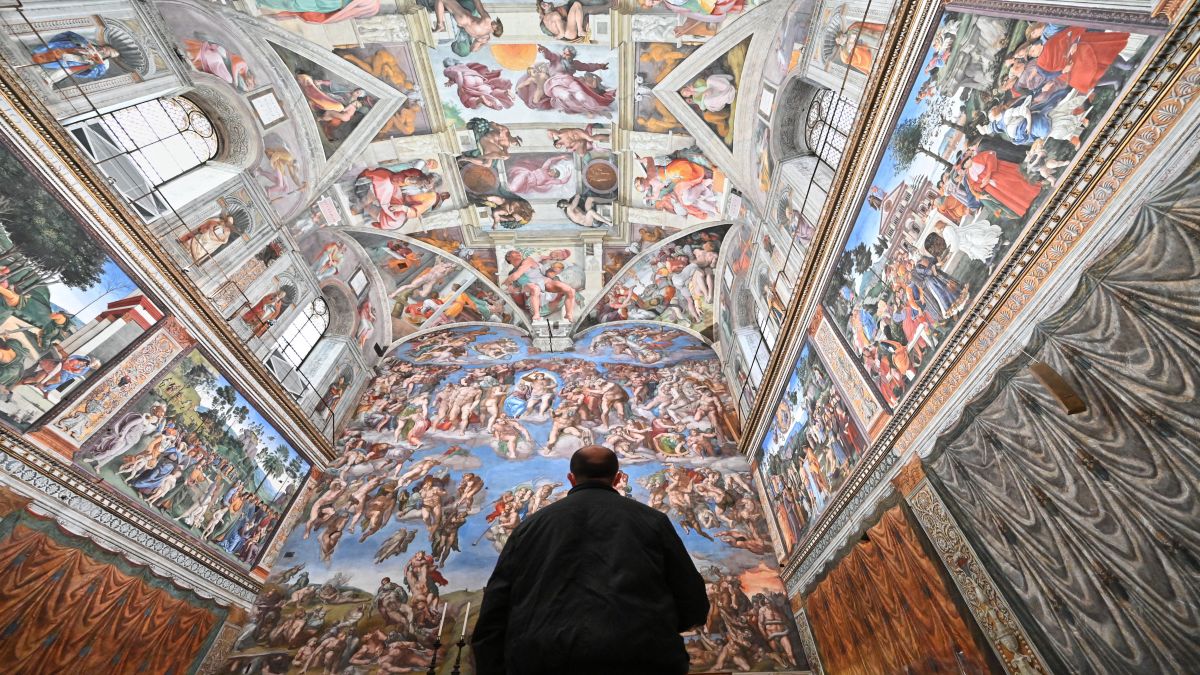)
)
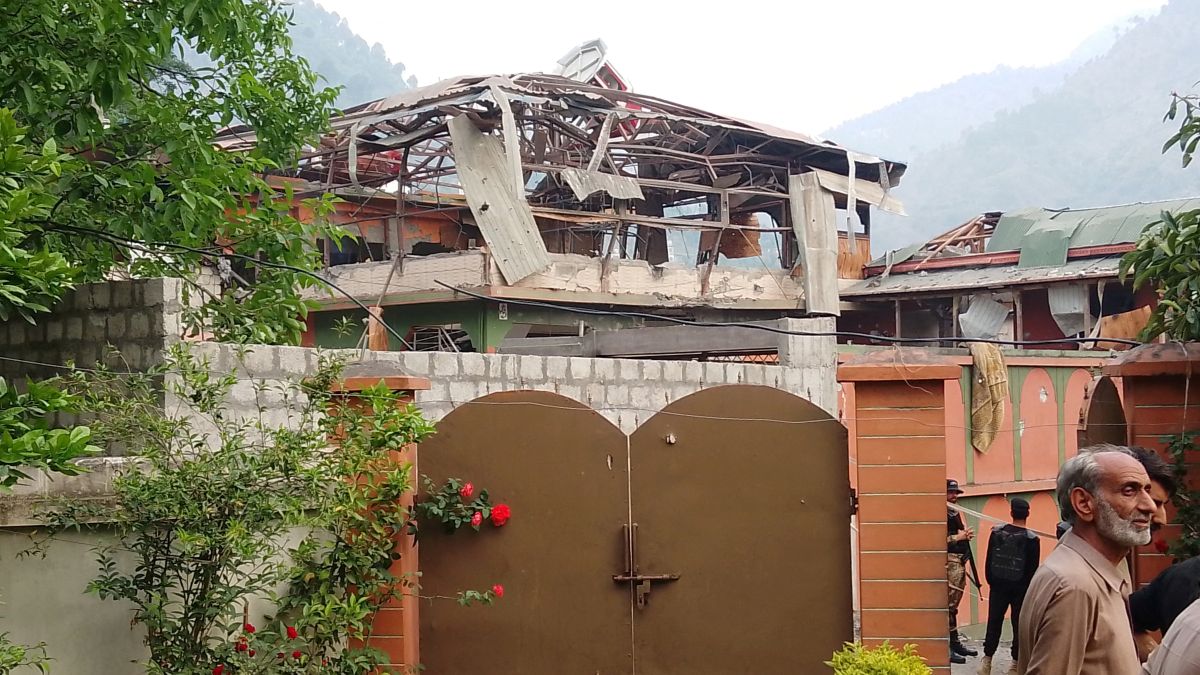)
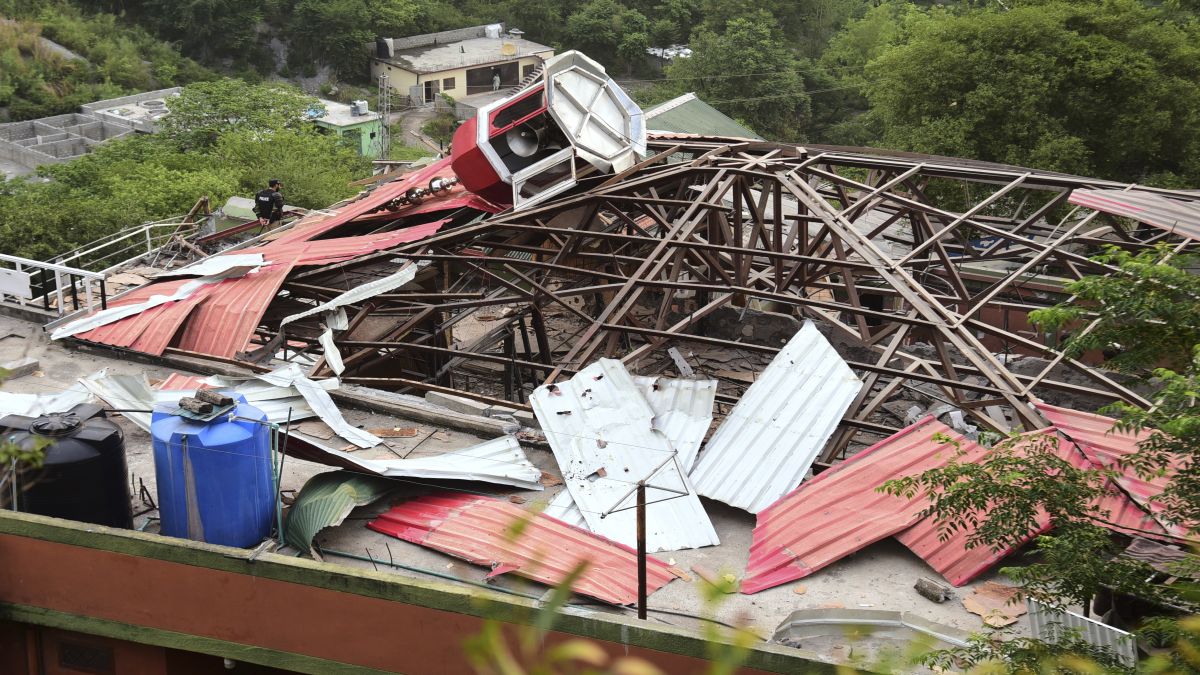)
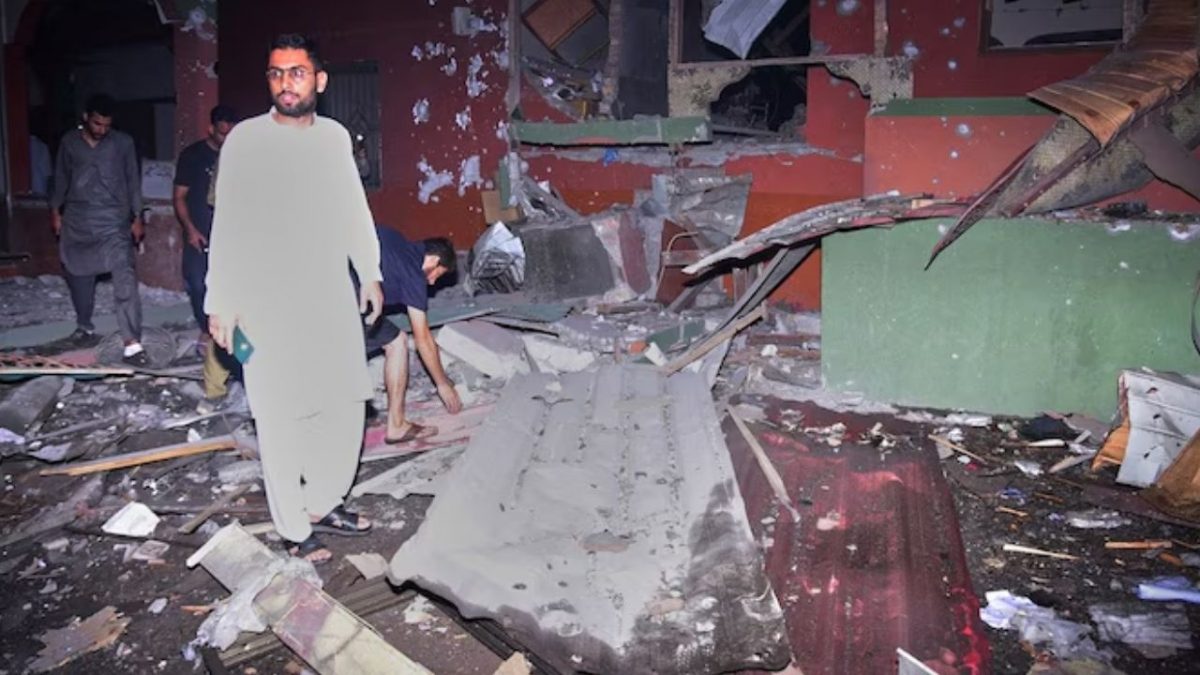)
)
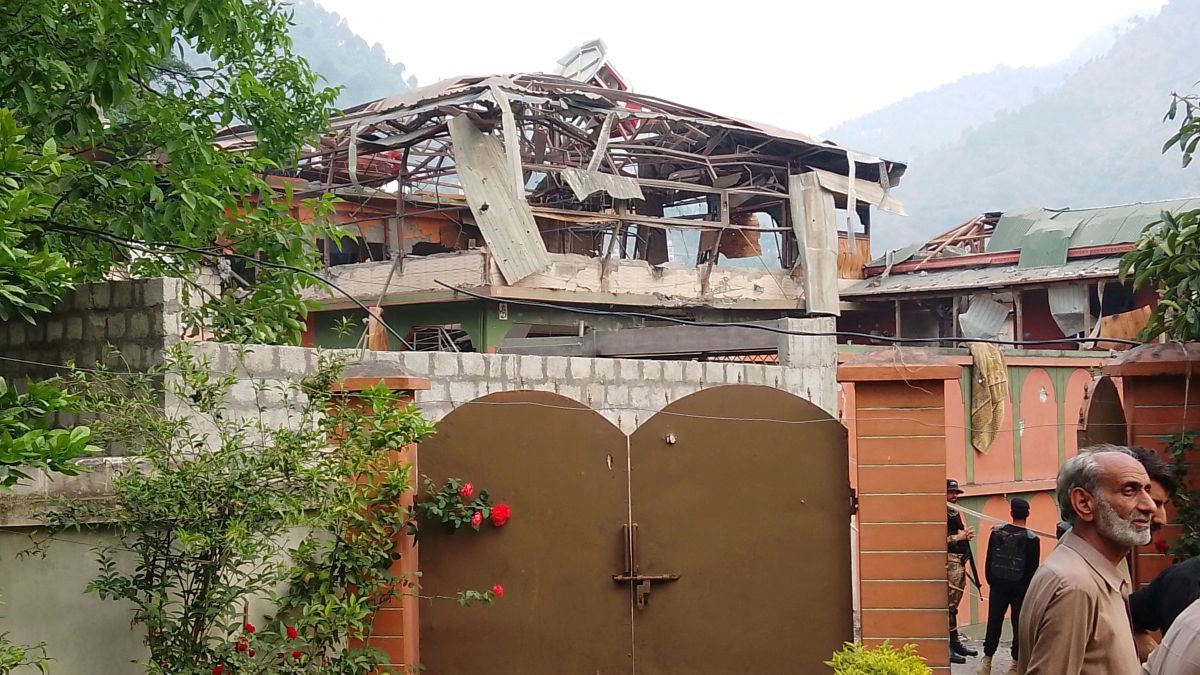)
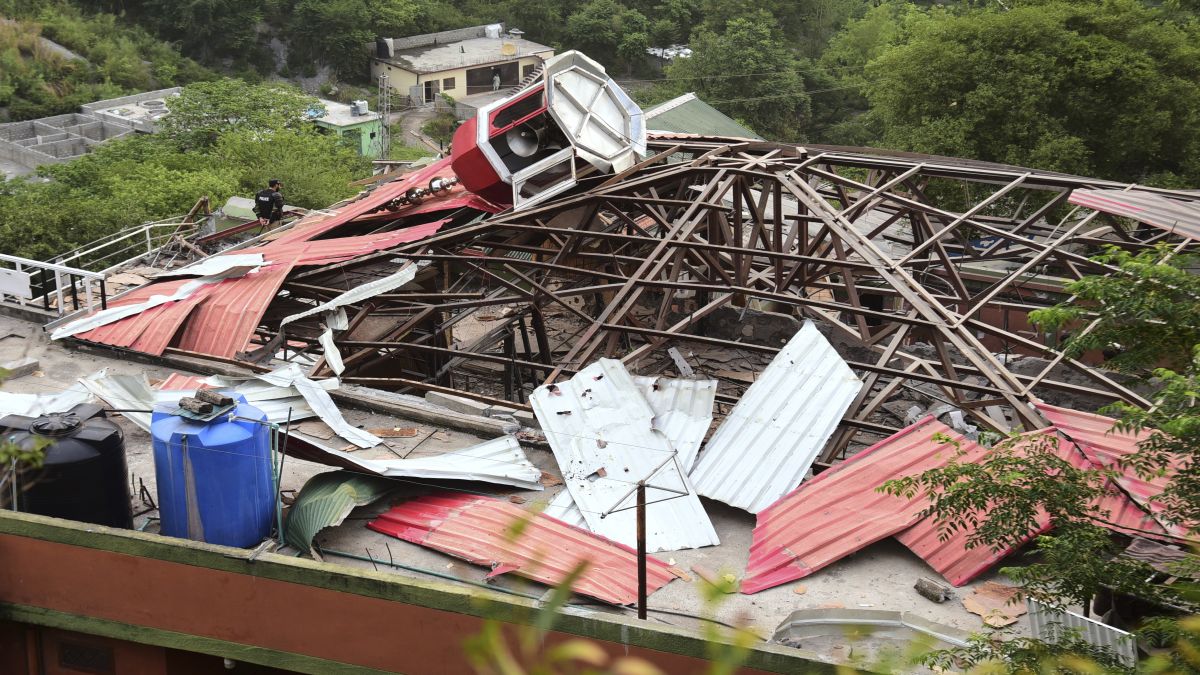)
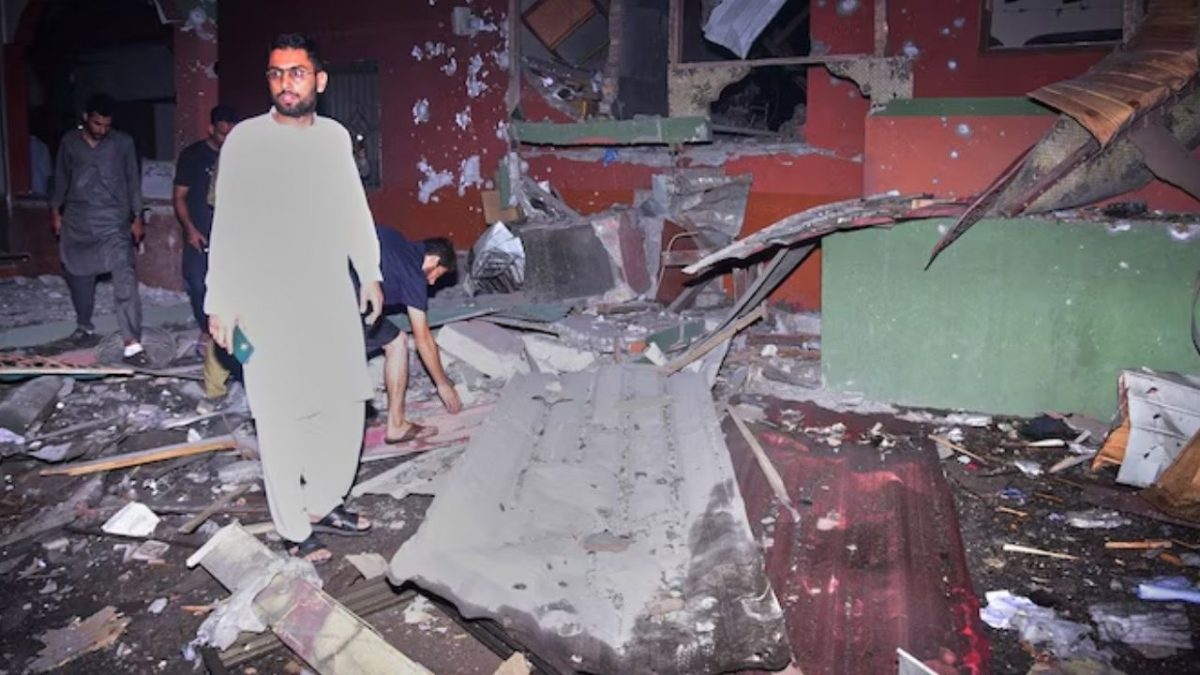)